The Shah of Persia, the Aga Khan, Gunter Sachs, Peter Sellers, and Harold Samuel. Do you know what these people all share in common? Well, they all owned at least one Ferrari 500 Superfast, the last of the Prancing Horse’s low-production and ultra-luxurious flagship coupés. You’re most likely not familiar with the final name on that list. Harold Samuel was a British businessman who lived in the affluent London suburb of Barnes and operated his quantity surveying firm from Berkeley Square House in Mayfair.
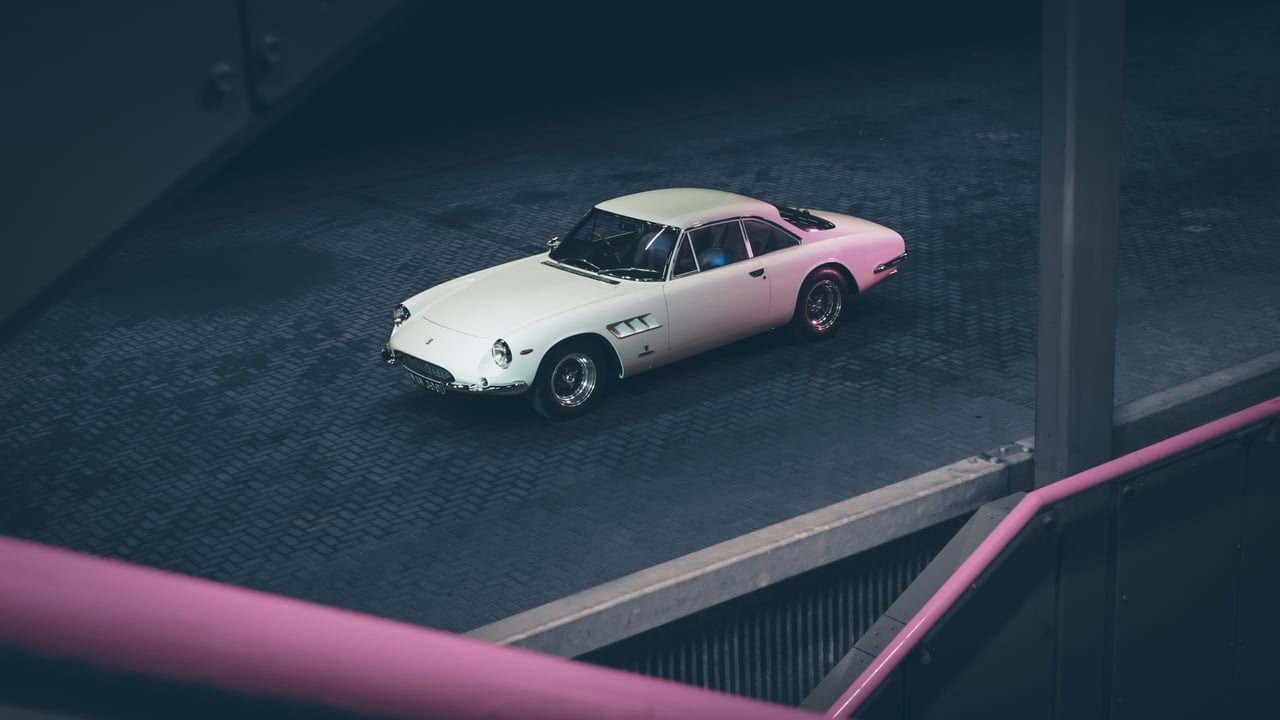
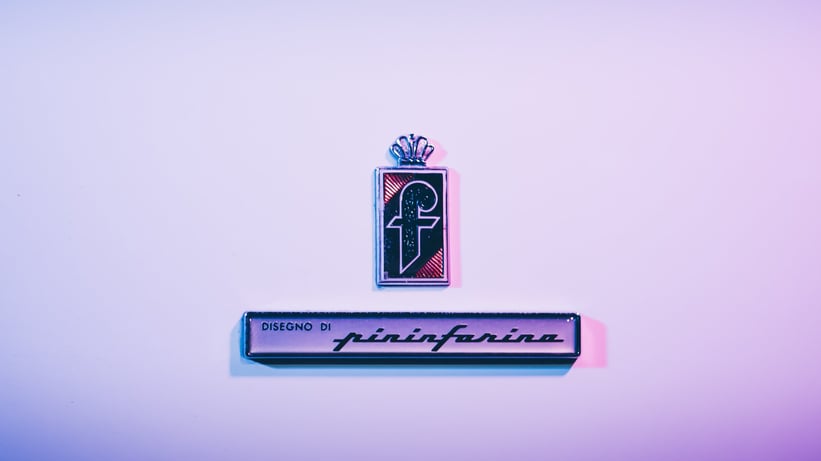
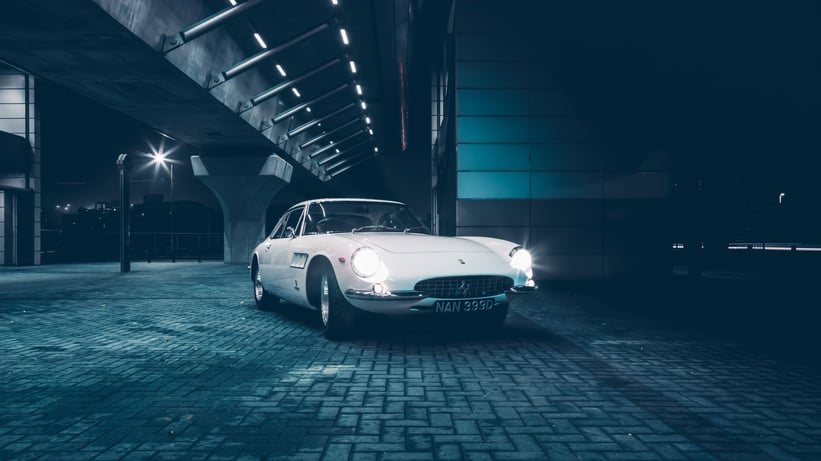
On 27 April 1966, Samuel placed an order with John Coombs Ltd in Guildford for this very Ferrari 500 Superfast, which we’ve commandeered for a foggy evening in the capital. The rare and impossibly luxurious Gran Turismo, whose graceful and wind-cheating form was inspired by Pininfarina’s Aerodinamico Coupé, had captured the hearts of the Jet Set with its unrivalled opulence and race-bred performance.
A man of a discerning and, some might say, demanding nature, Samuel went to town with his Superfast order. In addition to power steering and air-conditioning, he requested an onboard compass, a heated rear screen, beige seatbelts to match the upholstery, and a fuel cut-off switch concealed in the boot to hinder anyone who might attempt to steal his new pride and joy. He also stipulated that the car must be possible of reaching 170mph – this was, after all, a Ferrari for devouring miles of continental motorway.
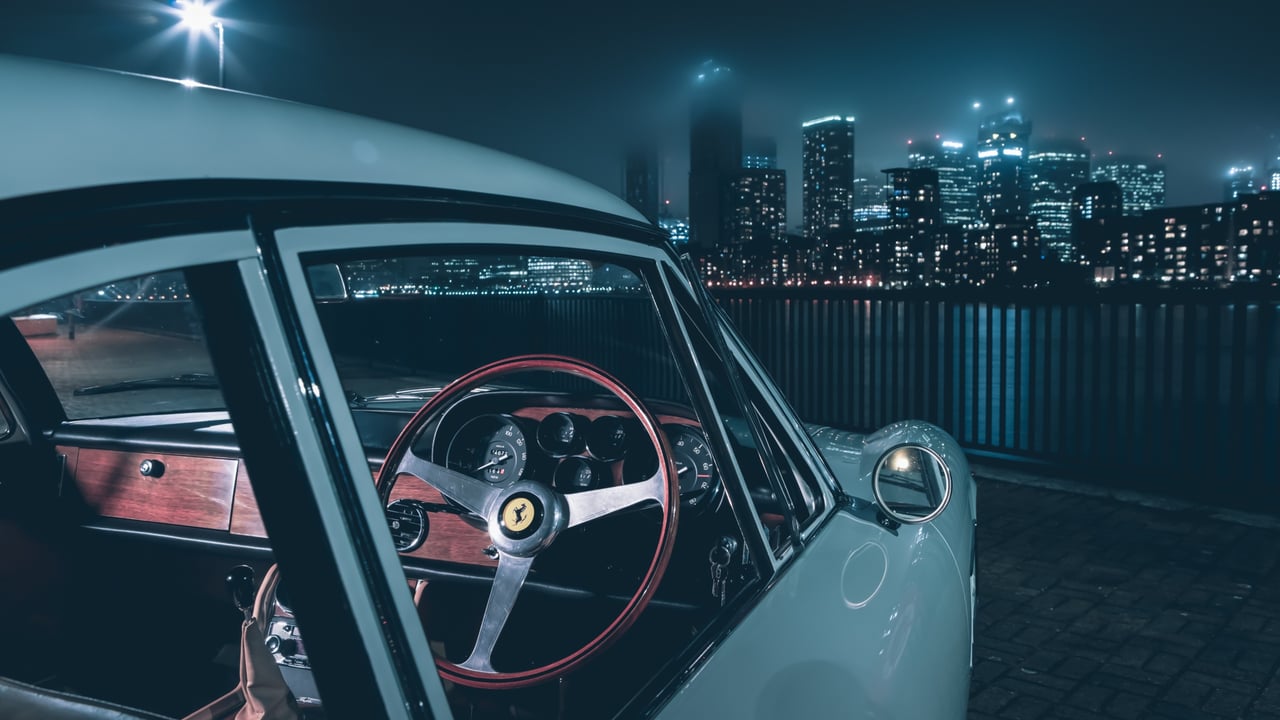

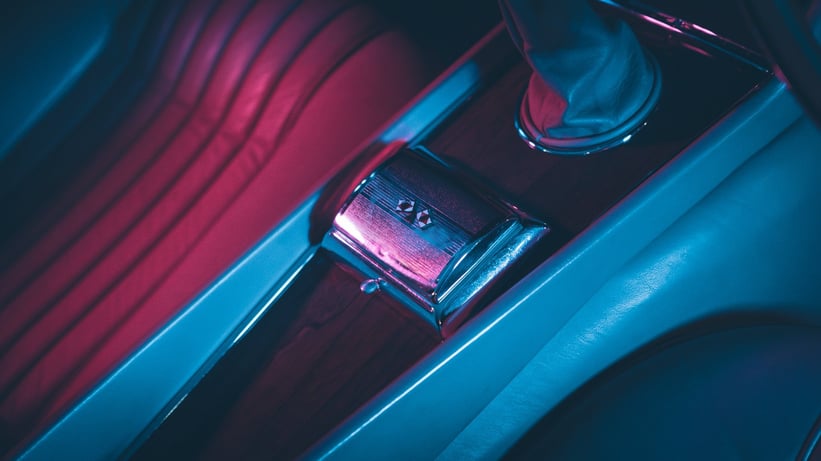
As the deposit was paid and Coombs & Ltd submitted the order via Colonel Ronnie Hoare’s Maranello Concessionaires, so the ingegneri in Maranello began to build Samuel’s Superfast. Chassis #8897 is notable for being the very last of the 37 Superfasts built by Ferrari, and one of just two Series 2 examples in right-hand-drive. Three months later and a whisker behind schedule, Samuel finally took delivery of his new car, resplendent in the rare shade of Avorio. But all was not well.
Not only was the parcel shelf the wrong colour, the driver’s seat too low, and the brightwork shoddy, but the compass and the beige seatbelts were nowhere to be seen. Samuel was understandably disgruntled. And, by all accounts, he had every right to be. The car had cost £10,456, a simply astronomical sum at the time – for context, Coombs Ltd had taken Samuel’s Jaguar E-type in part exchange for the paltry value of £1,250. To add insult to injury, the power steering failed at just 1,500 miles, the reinstatement of which was subsequently reversed at Samuel’s request because it felt “far from secure” at high speeds and “a potential source of danger” in the wet.
There was only one thing for it – in November of 1966, the Superfast was returned to the factory where, among other tests, Works racer and test-driver Mike Parkes reached the all-important 170mph. Parkes promptly sent a telex to Ronnie Hoare confirming the feat and advised that Samuel should be invited to Modena to experience it for himself. The invitation was sadly declined.
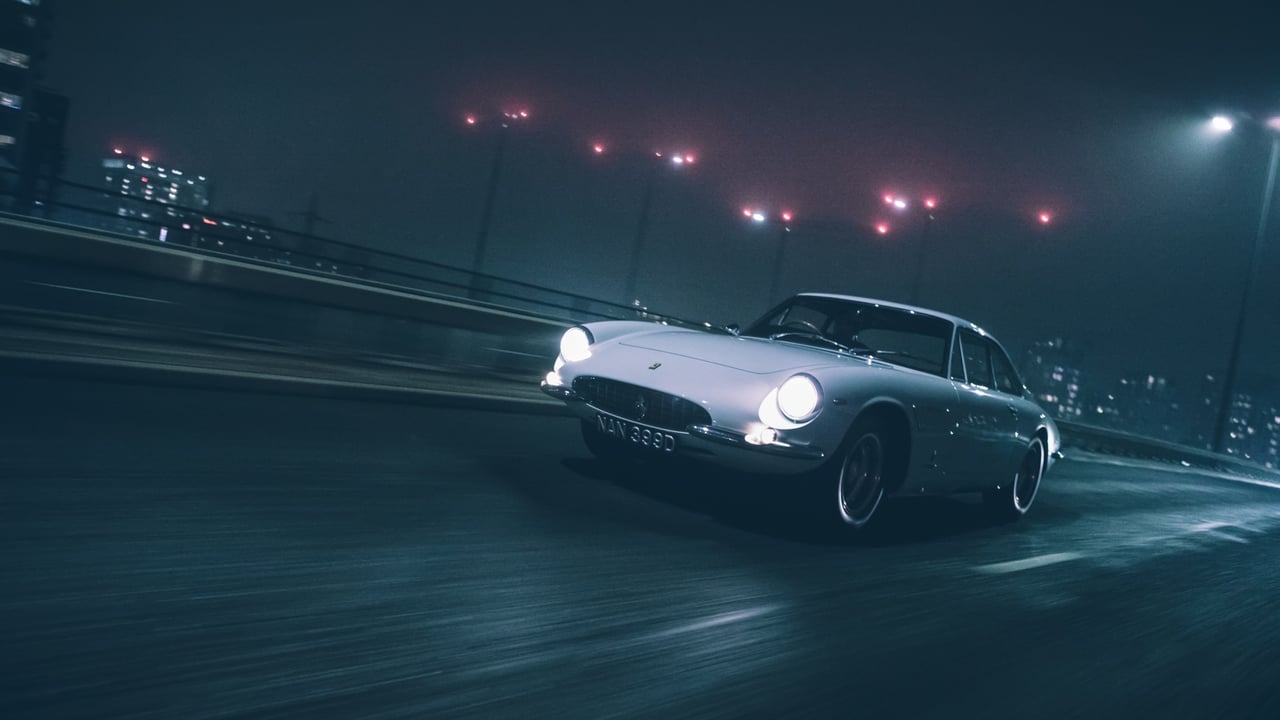

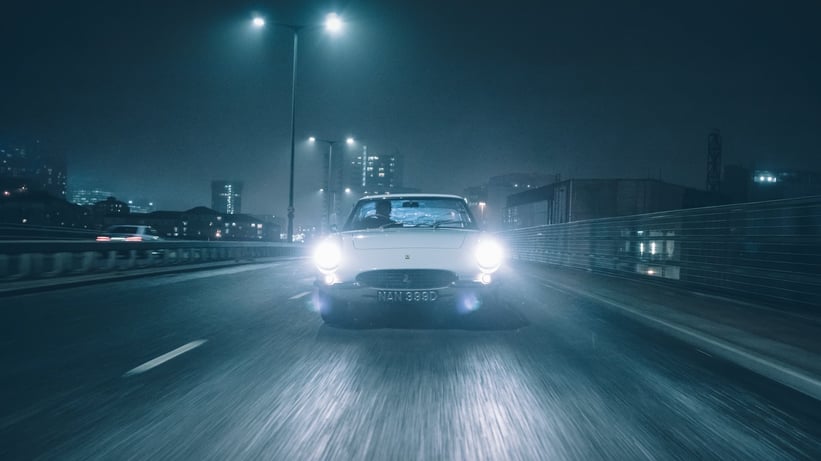
It seems the car’s ultra-high cruising speed was of paramount importance to Samuel. At the London Motor Show in October, he’d discussed with Parkes about increasing the power of the already potent five-litre V12 and he also expressed his apprehension that Pirelli could not guarantee the safety of the tyres at speeds above 150mph. “It is highly improbable that the average Superfast owner is ever likely to exceed this speed,” Hoare told Samuel in a letter. Nonetheless, Samuel approached Dunlop, who agreed to supply a set of racing R7 tyres. “I wish to be prepared for all eventualities,” responded Samuel to Hoare, referencing his desire to enjoy the car to its maximum potential during jaunts on the continent,
Tragically, Samuel was never able to enjoy the Ferrari he’d fought relentlessly to perfect. Early in 1967, he sadly passed away. Chassis #8897 subsequently passed through the hands of several high-profile Ferrari collectors, including Jack Crowther, a London stockbroker, and Philippe Marcq. It was in October of 1988 that its current custodian and key market influencer Simon Kidston entered the fray.
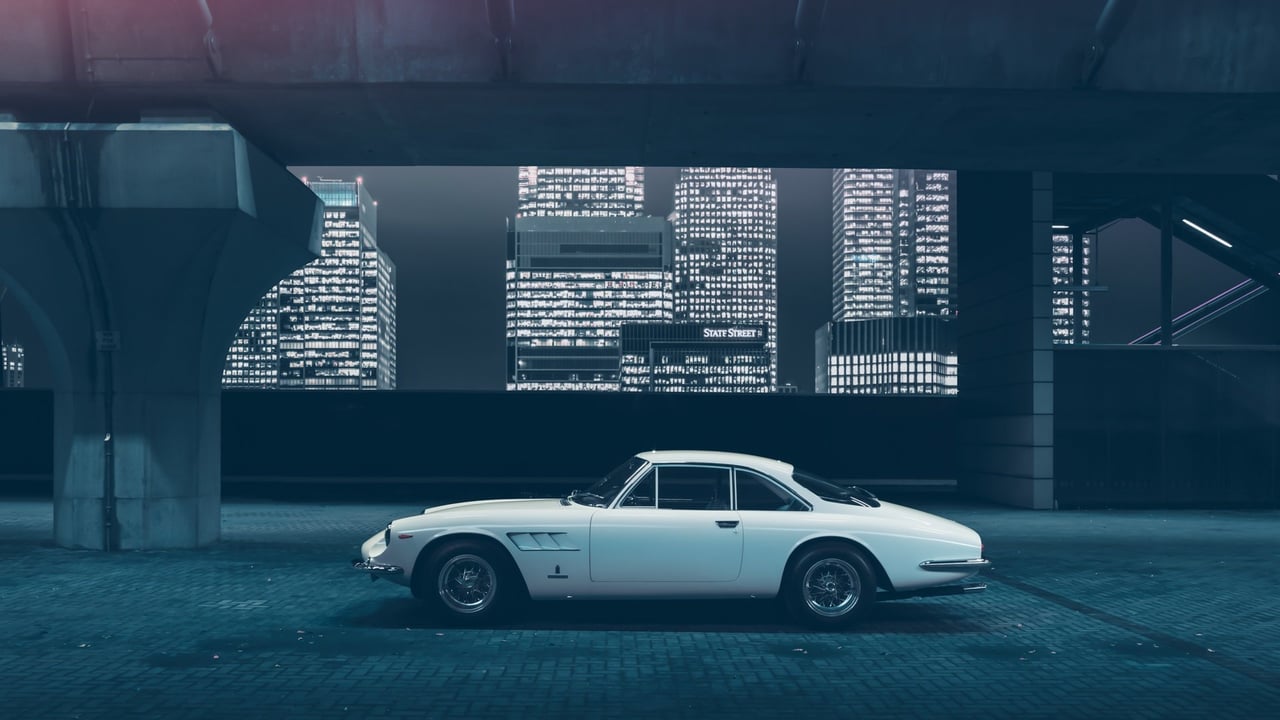
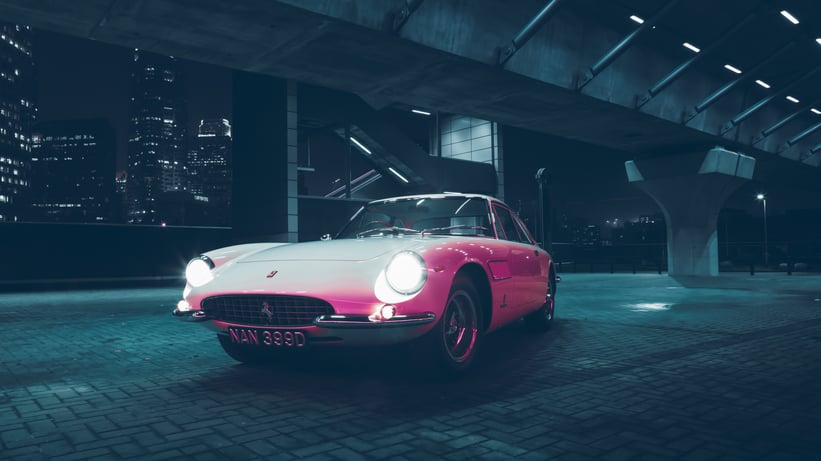
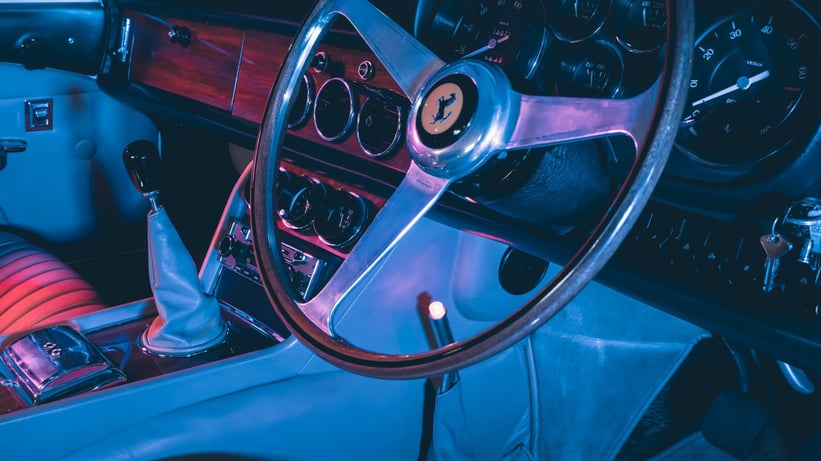
Making his first impressionable steps into the world of classic cars as a junior assistant at Coys, Kidston was tasked with collecting this Superfast, which had been consigned to a forthcoming sale, and bringing it from Sloane Square to Queen’s Gate Mews. “I’d never driven anything with twelve cylinders, let alone a Ferrari, so this was a huge step up for me,” he fondly recalls. “I’d turned up to work in my four-cylinder Alfa Romeo and I was thrown the keys to this Ferrari. I thought it was the coolest thing in the world – I don’t think anyone’s ever taken a longer route from Sloane Square to Queen’s Gate!”
So taken with the Superfast was Kidston that he jumped at every opportunity to get behind the wheel and experience its intoxicating grandeur and power. He even drove it to the sale at which it was going to be offered, an experience he describes as like taking your prized animal to market to be sold. The Ferrari was indeed sold that day and, though he continued to track its whereabouts, Kidston did not see it again for 29 years. “I always wondered whether it might come up for sale, then last year it appeared at auction, looking much the same as it did when I first saw it all those years ago.”
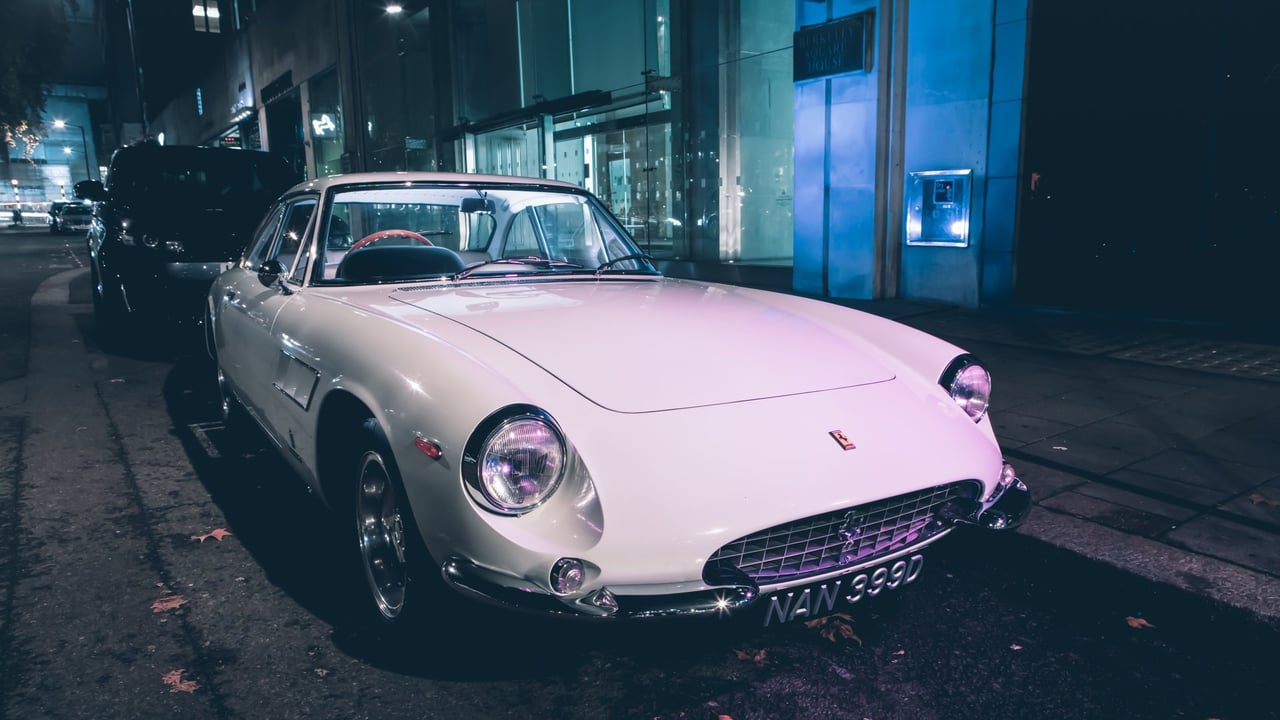
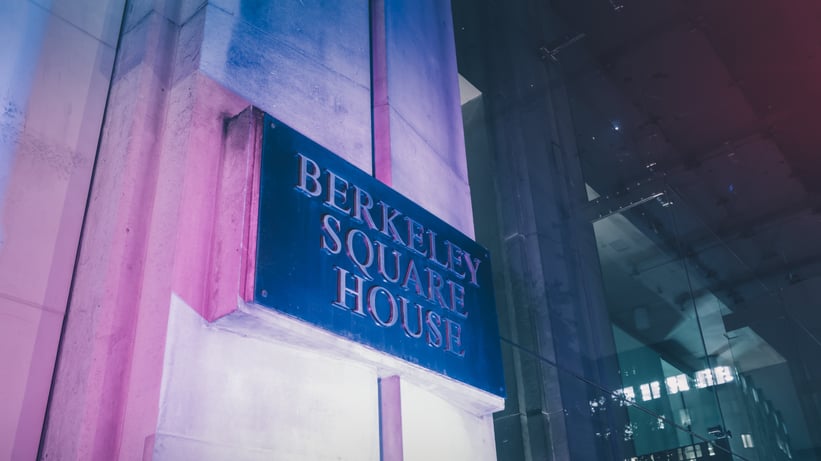
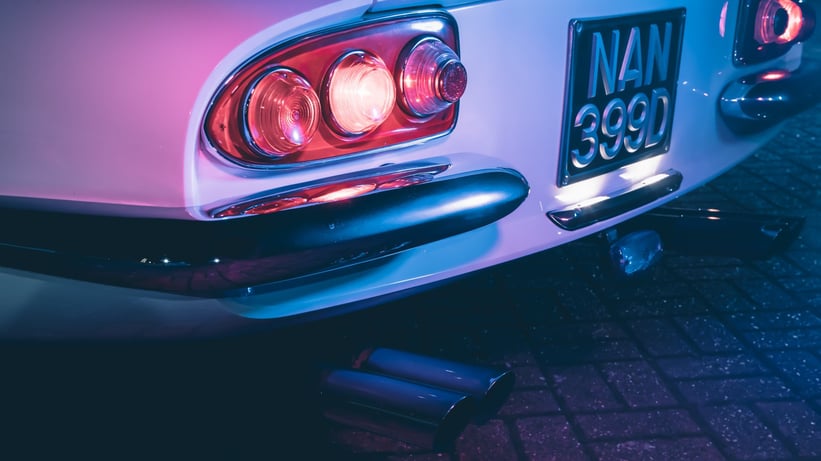
Suffice to say, Kidston bought it. He reimported it to the UK, obtained its former registration, certified the car with Ferrari Classiche, and set about rectifying what turned out to be nearly three decades of inactivity. “I’d be surprised if it had covered 100 miles since Coys sold it.” It’s now all but finished and, as you can imagine, Kidston is completely smitten. “It’s such a fantastic long-legged express and I love the fact it’s so rare,” he explains. “Compared to a 275 or a 330, which any moderately successful businessman could have afforded, the Superfast is so much more special and the quality and attention to detail is in a different league. You couldn’t find a more Jet Set 1960s car if you tried.”
After prowling the brightly lit streets of London’s financial quarter, where the sleek silhouette of the Superfast glistens against the glass façades and the sonorous growl of the V12 bounces emphatically from building to building, it feels only right to return the car to Berkeley Square House, where we like to think Samuel had the pleasure of parking in pride of place at least a few times before his untimely death.
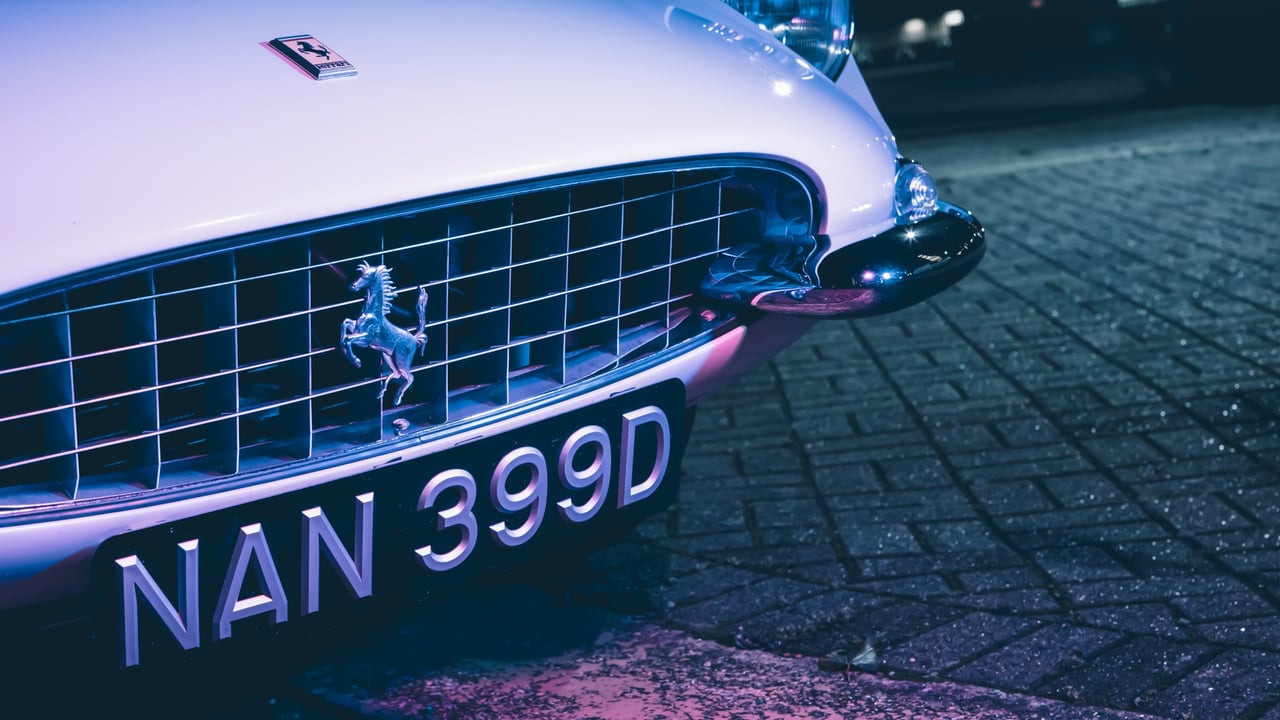
We can only imagine the sheepish expression of a ‘lowly’ E-type driver when a Superfast pulled alongside at the lights. Remarkably, Kidston was never aware of the car’s complex beginnings when he first came across it – it was only after he’d bought it and obtained a fantastic folder of documentation and correspondence that Harold Samuel’s story emerged. But for him, it only serves to heighten the mystique and allure of the sublime high-society Ferrari.
Photos: Alex Lawrence / The Whitewall for Classic Driver © 2018
































